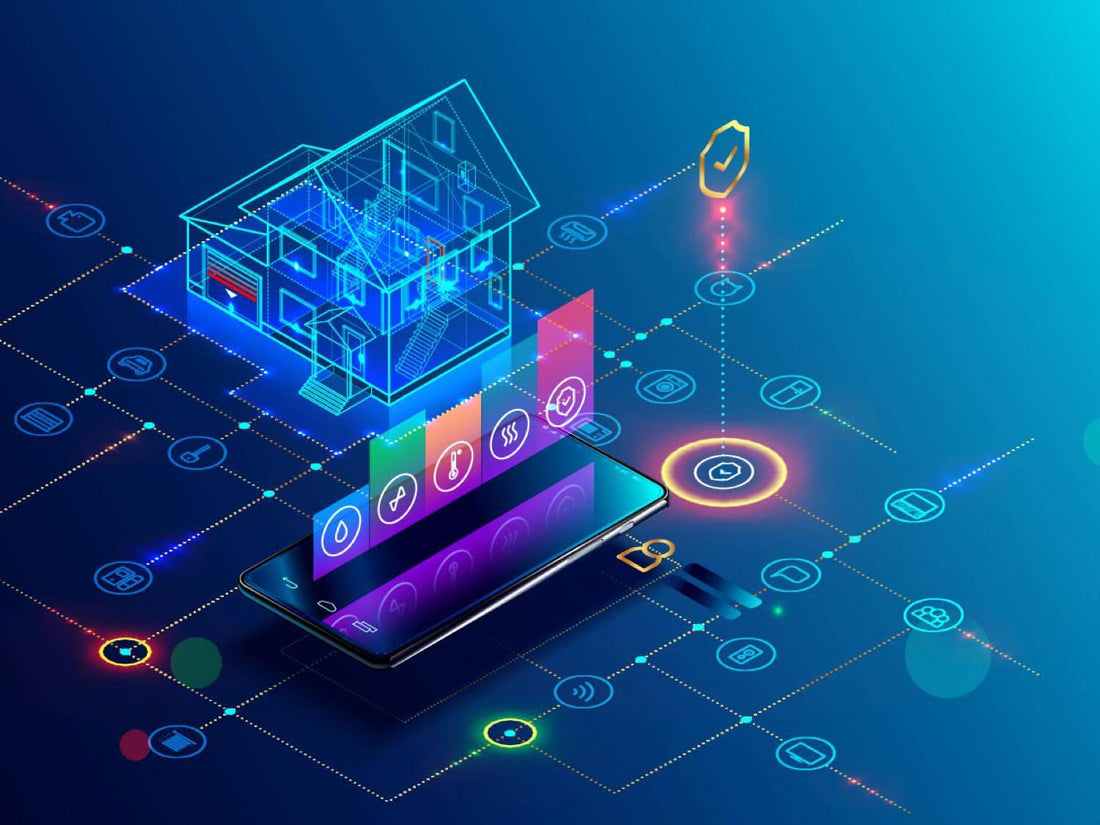
What system do you have at home? Find out how to identify it thanks to Andrea Galeazzi's tips
Share
Today I explain to you how to understand what kind of home automation cabled system do you have. And, it can seem strange, but it often happens that you buy a house, already with a home automation plant, and you don’t know what kind it is.
This “unawareness” brings two criticalities with itself: the first one is, simply, that you don’t know what to do or which specialist to call if you have a fault or a malfunction. The second one, far more important, is that you “are subjected” to the default system and configuration made by the constructor or by the system integrator for the previous owner, without knowing that you can improve the plant or add new functionalities.
Through the electrical system it is possible to power specific functions that require electrical power, such as the turning on of a light, the window-covering movement or an outlet activation.
In a traditional electrical plant, all the devices installed use a power supply at 230 V.
The control of the different functions of the system (for example, the turning on of a light or the opening of a window-covering) happens through devices that mechanically allow or prevent the power supply transfer; for example, a switch turns on or off a lightbulb based on its mechanical position.
A home automation system based on a cabled bus is a plant where some components work at 230 V (implementation line) and other components work on a different line (control line, usually at a very lower electrical voltage).
The control of the different functions of the plant (for example, the turning on of a light or the opening of a window-covering) happens through the exchange of information between the devices connected to the control line; for example, pressing a button, connected to the control line, will send the information about a request of activation to a specific device, connected to the implementation line. This device receives and understands the command and turns on the light.
Pressing again on the same button, will send the information with the request of deactivation, that a specific actuation device will use to stop the electrical power flow, with the result of turning off the light.
The advantages of using a home automation system are many, first of all the possibility of changing the functionality previously configured to manage a specific function; for example, the button that turns on a light or moves a window-covering can be programmed again to turn on another light or move another window-covering. This flexibility allows that, through the work of a professional, the plant can be customised as the needs change.
Another advantage of a home automation system is the possibility to control many function at the same time; an example is the button near the entrance door that, if pressed, turns off all the lights and moves down all the window-coverings, so that you don’t have to go all around the house and check them.
But, how do you recognise a home automation system with a cabled bus?
To do that you can try to open directly a switch box and check the kind of cable that you find inside...but we can leave this operation to a professional. It is simpler to go in front of the electrical panel and, trying to avoid touching the modules attached to the power, look to the components inside it; if on the modules there is a logo of a bus technology, then those products use that bus technology.
For example, is the logo that you see is KNX, you have a system that uses the international standard for the smart management of the plants.
If the logo is SCS or MyHome SCS, then you have a system that uses the BTicino management. If the logo is By-me or Vimar By-me, you have a home automation plant that uses the Vimar management. These are the most common. There are many others that do not depend on a wired bus and in some cases do not even require the professional support.

What are the potentials of a home automation system with a cabled KNX or BTicino MyHome SCS bus?
There are many kinds of home automation system with a cabled bus, Freedompro developed products for the MyHome SCS by BTicino and the KNX bus because they are the most used and widespread in Italy and Europe. I suggest you to read the dedicated pages on the Freedompro site about plants realised with Konnex standard devices or those created with MyHome SCS by BTicino module for more information.
With Easykon for KNX and Easykon for MyHome by Freedompro, you can evolve your plant and manage it, locally or remotely, through Apple, Google, Amazon Alexa and IFTTT platforms applications, smart speakers and automations/routines. Thanks to these two modules your system will have new functionalities that will be always updated, that will continue to increase in number and that will allow you to integrate it with many other IoT devices.
But this one is another story… one that I will tell you soon.


